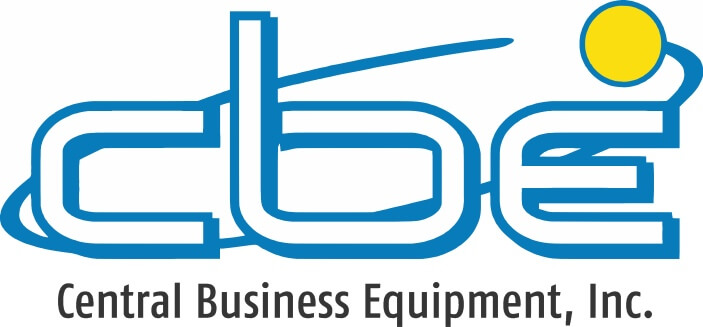Staying ahead in the world of business often involves strategic decision-making.
The decision to upgrade your office equipment is an example of a strategic move that should be carefully considered– examining the potential positive impacts, setbacks, advantages and potential disadvantages of the equipment upgrade process with your business’s bottom line in mind.
Efficiency, productivity, savings
Upgrading office equipment is more than just a modernization effort; it’s a strategic step toward enhanced efficiency, heightened productivity, and overall cost savings.
Modern office equipment is designed to perform tasks with greater efficiency. Upgrading to the latest models ensures that your team spends less time on mundane tasks and more on value-adding activities, streamlining overall efficiency.
There is a well-established positive correlation between upgraded equipment and increased productivity. Newer devices often come equipped with advanced features, improved processing speeds, and enhanced capabilities that contribute to a more productive work environment.
While the initial investment in upgrading equipment may seem substantial, the long-term cost savings are noteworthy, too. Modern devices are energy-efficient and require less maintenance, resulting in reduced operational costs over their lifespan.
Leasing for flexibility and financial ease
Leasing equipment like copiers and printers presents a strategic approach to acquiring top-notch equipment while mitigating financial strain. Leasing offers businesses the flexibility to stay current with the latest technology, without committing to the hefty upfront costs associated with purchasing new equipment outright. This flexibility helps to ensure that your business remains adaptable to evolving technological trends.
Leasing copiers and printers distributes the financial burden over the lease period, sparing businesses from the immediate strain of a large capital outlay. This financial relief allows organizations to allocate resources more efficiently and invest in other critical areas of their operations.
Additionally, leasing provides access to premium equipment that might be cost-prohibitive to purchase outright. This ensures that businesses can leverage state-of-the-art technology without compromising their financial stability.
A cost-effective upgrade process
Upgrading office equipment requires careful consideration and strategic planning to ensure maximum cost-effectiveness.
Before initiating the upgrade process, conduct an assessment of your current office equipment. Identify any devices that are slowing down productivity or incurring high maintenance costs. This assessment will guide you in prioritizing upgrades.
Research and explore cost-effective options for upgrading equipment. Consider both purchasing and leasing, weighing the upfront costs, long-term savings, and flexibility that each option offers. Choose a strategy that aligns with your budget and operational needs.
We’d also recommend factoring in the costs associated with training employees on new equipment in order to plan for a smooth integration process. Preparing for the transition ensures minimal disruptions to your workflow and maximizes the benefits of the upgraded equipment.
The strategic importance of equipment upgrades
Navigating the path of cost-efficiency through equipment upgrades is a complicated process that offers plenty of benefits for your business. From boosting productivity to enjoying long-term financial savings, the positive impacts of upgrading your equipment are significant.
Leasing copiers and printers adds an extra layer of advantage, providing your business with both flexibility and financial ease. If you’ve got questions about the process of upgrading your business equipment, or are ready to get started, give Central Business Equipment a call today!
